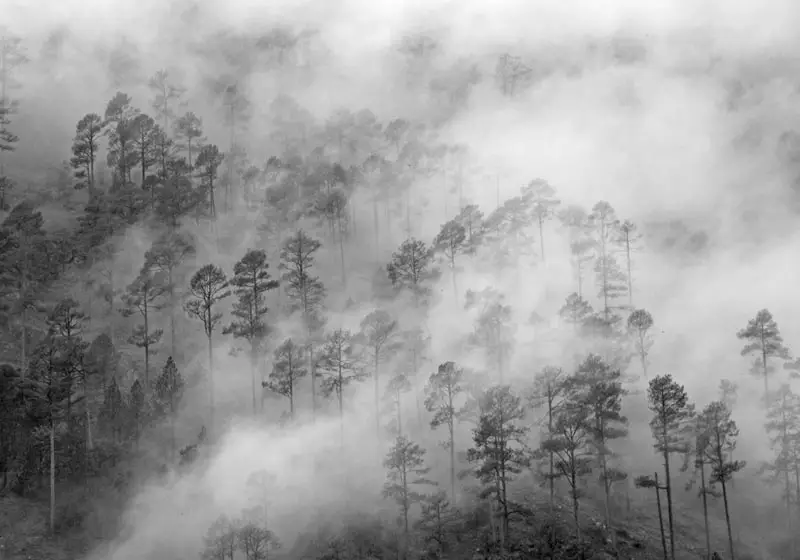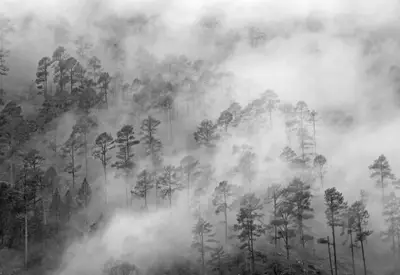About Lahaul Valley in Himachal
While Lahaul and Spiti are often mentioned together, the Lahaul Valley and Spiti Valley are distinct regions separated by the famous Kunzum Pass. The Lahaul region, part of the Lahaul-Spiti district in Himachal Pradesh, is renowned for its stark beauty, high-altitude landscapes, and rich cultural heritage. Nestled in the northwestern part of the Indian Himalayas, Lahaul features rugged terrain, snow-capped peaks, and deep valleys. Less commercialized than other parts of Himachal Pradesh, Lahaul offers a tranquil retreat for nature lovers and adventure enthusiasts alike.
Key attractions in Lahaul include the Rohtang Pass, picturesque villages like Sissu, Gondhla, Tandi, Gushal, Jispa, Darcha, and Udaipur, as well as the district headquarters of Keylong. Notable natural landmarks include the Lady of Keylong glacier and the alpine lakes Chandrataal and Suraj Taal.
Lahaul Valley as Adventure Destination
The Lahaul region is a haven for adventure enthusiasts, offering a variety of thrilling activities set against its breathtaking landscapes. Trekkers can explore renowned routes such as the Hampta Pass, Chandra Tal, and Baralacha La treks, each providing stunning views and an opportunity to traverse remote valleys. Mountaineering is another popular pursuit, with peaks like Mulkila, CB 13, and Deo Tibba attracting climbers from around the world.
Biking enthusiasts can navigate the rugged terrain and scenic routes, particularly the iconic Manali-Leh highway. During winter, Keylong and Sissu transform into skiing hotspots, while camping by the Chandra River or other picturesque spots offers a more immersive outdoor experience. Lahaul's blend of challenging adventures and natural beauty makes it an ideal destination for those seeking excitement and exploration.
Activities in Lahaul Region
Lahaul, a region of stunning diversity in both landscapes and cultural heritage, presents an array of activities for travelers seeking both tranquility and adventure. Explore ancient monasteries that are reminders of Lahaul's spiritual and architectural heritage and gain insight into the region's ancient history. Picturesque villages like Keylong, Jispa, and Sissu offer a glimpse into the traditional lifestyle, allowing travelers to experience local customs and warm hospitality.
For the more adventurous, Lahaul's vast and varied topography provides endless opportunities for outdoor pursuits such as mountaineering, biking, and skiing. Camping near pristine rivers provides for an intimate connection with nature, and the clear, unpolluted skies make it a stargazer's dream come true. Every visitor to Lahaul will have a fantastic experience with its distinct charm and wide range of activities, whether they are looking for extreme activities or cultural immersion.
Here are some of the top activities to enjoy in Lahaul:
- Sightseeing: Visit ancient monasteries like Kardang, Shashur, and Tayul to experience the region's rich spiritual heritage and architectural beauty. Explore picturesque villages such as Keylong, Jispa, and Sissu, where you can immerse yourself in local culture and enjoy the serene landscapes.
- Cultural Tours: Engage in tours that offer insights into Lahauli traditions, festivals, and daily life. Witness traditional dance performances, local craftsmanship, and religious ceremonies, gaining a deeper understanding of the region's unique cultural fabric.
- Stargazing: Take advantage of Lahaul's clear, unpolluted skies for exceptional stargazing. The high altitude and minimal light pollution provide stunning views of the Milky Way and numerous constellations, making for a mesmerizing night-time activity.
- Mountaineering: Challenge yourself with climbs on peaks like Mulkila, CB 13, and Deo Tibba. These expeditions offer thrilling experiences and panoramic views of the Himalayas, attracting climbers from around the globe.
- Biking: Navigate the rugged terrain and scenic routes of Lahaul on a bike, with the Manali-Leh highway being a popular choice. This activity provides an adrenaline rush and a unique way to explore the stunning landscapes.
- Skiing: During winter, Keylong and Sissu become hubs for skiing, offering slopes suitable for both beginners and experienced skiers. Enjoy the thrill of skiing in the pristine snow-covered landscapes of Lahaul.
- Camping: Set up camp by the Chandra River or other picturesque locations in Lahaul. Camping allows you to fully immerse yourself in nature, enjoy the tranquility, and experience the region's natural beauty up close.
Staying in Lahaul Region
Lahaul offers a variety of accommodations, including hotels, resorts, and guesthouses. Hotels in areas like Keylong provide comfortable amenities for all budgets. Resorts offer an upscale experience with added facilities like spas and guided tours. Guesthouses run by local families in various villages provide an authentic stay, allowing guests to enjoy home-cooked meals and Lahauli hospitality.
Here are some hotels and homestays where you can stay during your trip to Lahaul:
- Devallya Inn Lahaul
- Cold Desert Home Stay
- The Bulevar- Whispering Willows
- Yangling House
- Moustache Koksar Luxuria
Lahaul Region Food Guide
Lahaul is famous for lip-smacking local delicacies like ken, shod, gongal. The staple food is buckwheat, locally known as kathu. Organically produced vegetables, barley and rice are served in most eating joints. There are many small eating joints which offers mix of local and international cuisines
Lahaul’s cuisine offers a flavorful blend of Tibetan and local influences, crafted to provide warmth and sustenance in its high-altitude setting. Thukpa, a hearty noodle soup with meat or vegetables, is a popular choice, delivering both comfort and nourishment. Momos, steamed or fried dumplings filled with various ingredients, are a staple snack, often enjoyed with spicy chutneys.
Madra, a traditional dish made with chickpeas or kidney beans in a spiced yogurt sauce, complements rice or bread perfectly. Chhurpi, a hard cheese made from yak or cow milk, adds a distinctive flavor to soups or serves as a nutritious snack. Tsampa, roasted barley flour mixed with tea or butter, provides a filling and energizing staple. In addition to these traditional dishes, Lahaul has a range of cafes and restaurants where visitors can explore both local and international cuisines, making it easy to enjoy a diverse dining experience amidst the region's stunning landscapes.
Below are some of the best cafes and restaurants to eat in Lahaul Valley :
- Yak Cafe
- Mahabudha Restaurant
- The Himalayan Cafe
- Zomsa Spicy Cafe Restuarant
- Himachal Tourism cafe
History of Lahaul Region
Lahaul's history is a tapestry woven from its strategic location and cultural influences. Anciently inhabited by nomadic tribes, it became a significant center of Tibetan Buddhism with the establishment of monasteries like Key Monastery in the 11th century. During the medieval period, Lahaul was part of the Kingdom of Western Tibet, with its rulers influenced by Tibetan culture.
The region remained relatively isolated during the Mughal era, with minimal direct control from the Mughal Empire. In the 19th century, British explorers started mapping and documenting Lahaul; however, its rugged terrain kept it largely remote and isolated. Over the years, Lahaul has developed a distinctive character, merging Tibetan and local cultures, while preserving its unique identity amidst shifting political and historical contexts.



